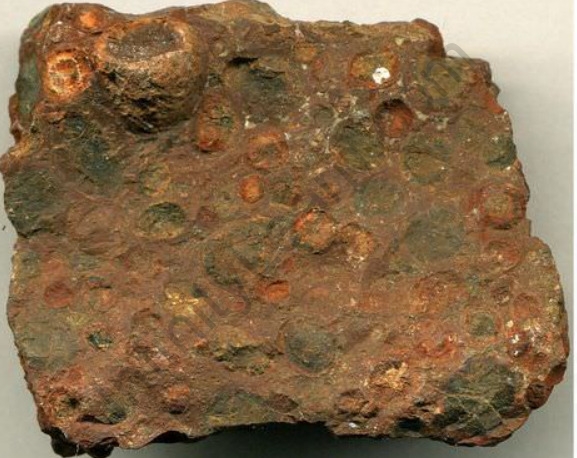Table of Contents
Isolation of Elements in Chemistry Class 12 is designed to teach students about various methods of extracting metals from ores. Only a few metals, such as gold, silver, and platinum, can be found in their natural metallic forms. The extraction of metals from naturally occurring ores is the subject of metallurgy, which is a branch of science. The majority of elements, especially metals, are found in combination with other elements and are known as minerals. Although an element can combine with a number of other elements to form a variety of minerals, only a small number of these minerals are viable sources of that metal. These are referred to as ores. Mining is the process of extracting metal ores from deep underground.
Metal ores are found in varying amounts in the earth’s crust. Because of the extraction of metals from ores, we can use the minerals in the earth. The ores are not the same as the finished metals found in buildings and bridges. Ore is composed of the desired metal complex as well as impurities and earthy substances known as Gangue.
The Earth’s crust is the primary source of metals. Insoluble metal salts are also present in seawater. Depending on its position in the metal reactivity series, a metal can exist in its native state (free state) or combined state. Metals that are low in the reactivity series, such as gold and platinum, exist in a free state. Metals such as copper and silver exist in both their free and combined states in the Earth’s crust. Metals in the middle of the reactivity series, such as zinc, iron, lead, and so on, are moderately reactive and exist in a combined state. These elements are mostly found as oxides, sulphides, or carbonates.
Extraction of Metals
The extraction of metals from their ores entails a number of steps. The steps vary depending on the type of ore, the metal’s reactivity, and the nature of impurities in the ore. The processes involved in metal extraction and refining are referred to as metallurgy. The ores of the majority of metals should be brought to the Earth’s surface for metal extraction. This is referred to as mining. In general, the extraction of metals involves three major steps. These are their names:
- Ore enrichment or concentration
- Metal extraction from concentrated ore
- Impurity metal refining

After mining from the ground, ore contains many unwanted impurities such as sand, rocky materials, and so on. Gangue refers to these unwanted impurities, which include earthy materials, rocks, sandy materials, limestone, and so on. The first step in metallurgy is to remove these unwanted impurities from the ore in order to produce a concentrated ore with a much higher percentage of the metal. The method used to separate gangue from the ore is determined by the physical or chemical properties of the gangue and ore.
Carbon is used as a reducing agent to reduce some moderately reactive metal oxides. During the reduction process, the metal oxide is mixed with carbon in the form of coke and heated in the furnace to produce carbon monoxide (CO). As a result, the metal oxide undergoes reduction to metal. This method is used to extract zinc and iron from their oxides, respectively ZnO and Fe2O3. The process of reducing metal oxides by heating them with coke is known as smelting.
The metal obtained through any method of reduction process is usually impure because it contains impurities. The metal obtained with the impurities is referred to as crude metal. We must now remove these impurities in order to obtain 99.9 per cent pure metal. The process of purifying impure metals (crude metals) is known as metal refining. Different metals require different refining methods. The method used to refine an impure metal is determined by the nature of the metal and the nature of the impurities present. Electrolytic refining is the most important and widely used method for purifying impure metals.
FAQs
What is the metal extraction process?
The extraction of metals from their ores is known as metallurgy.
What are the methods used to extract metals from ores?
The following are some of the most common steps in the extraction of metals from their ores: Crushing and pulverisation I Concentration or dressing of ore (ii) Calcination or roasting of ore (iv) Reduction of metal oxides to free metal (v) Metal purification and refining




